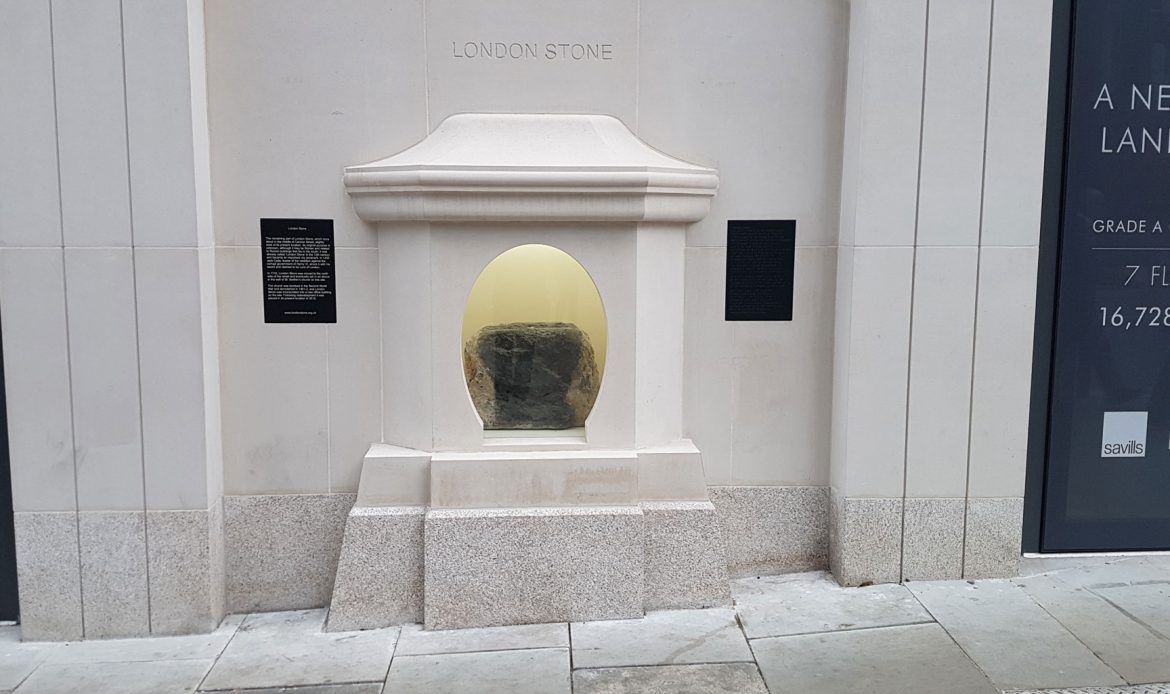
A CRYPTIC stone shrouded in mystery is one of London’s oldest artefacts – yet scientists have no idea where it came from.
The London Stone is housed in a small crypt built into a wall on Cannon Street, and has been there since at least the 16th Century.
Legend has it that the modest lump of limestone has magical properties, and that if removed from the London, the city will fall.
Buildings have risen and fallen around it over the centuries, and scientists say it may have been sitting on Cannon Street since the Romans ruled Britain.
“It’s always there, and always remains the same,” Roy Stephenson, an expert at the Museum of London, told the BBC.
“It has stood roughly in the same spot, while everything around it has changed.”
To this day, the origin of the stone – which measures 53cm by 43cm by 30cm – remains is unknown.
Some experts believe the antique was placed there by Brutus of Troy, the legendary founder of Britain, with the saying: “So long as the stone of Brutus is safe, so long shall London flourish.”
Many reckon it was left there by the Romans during their occupation of Britain from 54 BC to 410 AD.
The 76-kilo rock could have been used by our invaders either as part of a monument or milestone.
Studies suggest the stone was dug up in Devon, or possible the Cotswolds, but no one knows for sure.
“Science just can’t explain it – this is one case where archaeology has failed,” John Clark, curator emeritus at the Museum of London, told the BBC.
Whatever its origin, it’s been a part of London for centuries, and features in the very first map of the city drawn up in the 16th Century.
The stone even features in work by famous writers, including Shakespeare in Henry VI Part 2.

